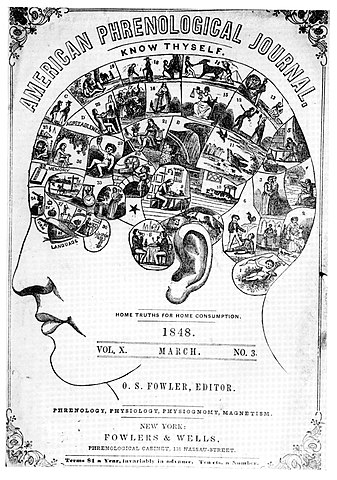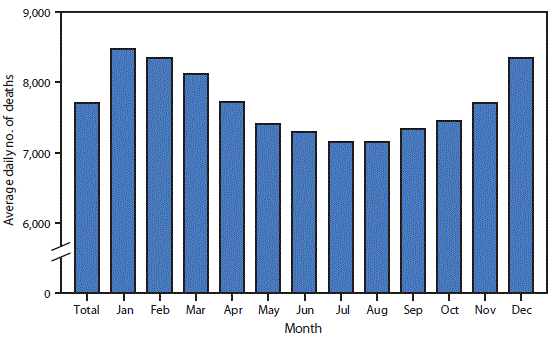Letting Your Subconscious Work For You
In school work, getting your subconscious work means linking your memories and knowledge to the course material. Memories are hooks into your interests. You need to tie the course information into your natural mode of thought rather than memorize a cookbook of technical recipes.
These steps take a little bit of time up front, but they will pay you back. My example is this technical writing course. The goal is to blend the class material smoothly into your writing style. Analogous changes are desired for other classes, like chemistry, geometry, social studies, and the like.
Engage Your Subconscious
- Step 1. Scan your textbook, as soon as you get it
- Time Required: 15—60 minutes for whole book
- If you finish before 15 minutes is up, start over. Stop at each spot in your first go-through where you don’t understand. Spend a minute reading nearby headings or looking the pictures.
- Warning: Don’t buy the book or start the scan until the course material confirms the text is required.
- Necessary condition. Set aside at least 15 minutes of uninterrupted time.
- Action Sequence
- Page to the table of contents. Read each chapter name.
- Page through the text, glancing at each page.
- Stop and read snippets of things that pop out at you—like large bolded text or the caption under a very striking illustration or graph.
- You will see some words and ideas you know and some that you don’t and probably more that are known to you but are used in ways that are confusing. That’s fine. These become pointers that cue your attention when those words and ideas come up in class or when you actually read the chapters.
- Time Required: 15—60 minutes for whole book
- Step 2. Create assignment files
- Time required: 5 min/assignment.
- When you get the syllabus, start a file for each assignment.
- The name of the assignment will give you enough of the idea of content to seed the file.
- Jot down any idea about the assignment subject that occurs to you. Don’t worry about grammar or syntax now.
- Sources for ideas, esp. those that you recall as interesting, revealing, or puzzling
- Work history
- School experience
- Family and group tasks. Chores, vacation, scouts, sports.
- Caution: The ideas are best as bullet points, not full-blown sentences and paragraphs, but bullet points. Why?
- Full-blown sentences and grammar put your conscious mind in charge, damping further contributions from your subconscious.
- You’ll be learning techniques that you’ll want to apply fresh to your assignment idea – not graft them atop the style of writing you came into the class with.
- Example of ideas for assignments. I developed Project 9’s list slowly over the course. The last idea is the one I picked to elaborate into this assignment.
- Technical
- How-to Use Mapland
- Instructions to run PS Billing with graphic
- Development of Project Timeline. Procedure
- Non-Computer instructions
- Maximized Benefits, Minimize Taxes for IRA Withdrawal
- How to Use a 529 Account for other Portfolio Goals
- Using your subconscious in this class
- Technical
- Step 3. During the course, take a quick look at your coming assignment files.
- Time required: Less than 15 minutes a week
- When new assignments come due, it will be after your subconscious has been combing your daily conversations, your memory, and the lessons for little tidbits that round-up your assignment ideas into a fuller expression of your idea.
- Jot down details as they occur during the course, even if you don’t like your selected topic much. That distaste will trigger your attention for topics that better fit your interest.
- When doing one week’s assignment, if you think of something that pertains to another assignment, don’t let it drift away. Jot the idea and tag info down in the file you have started for that assignment.
- You don’t have to use all the little bits you have collected. They are there to make sure you don’t have to start your assignment with a blank page.
- If you decide one week that you’re not going to use a particular project idea, don’t delete it.
Put a line through it—you might change your mind back again.
- If you decide one week that you’re not going to use a particular project idea, don’t delete it.
With a modest amount of early effort, your learning will progress with more ease and staying power than otherwise.
Try it. Try step 1, to get some benefit for a small time investment.








1 thought on “Letting Your Subconscious Work For You”